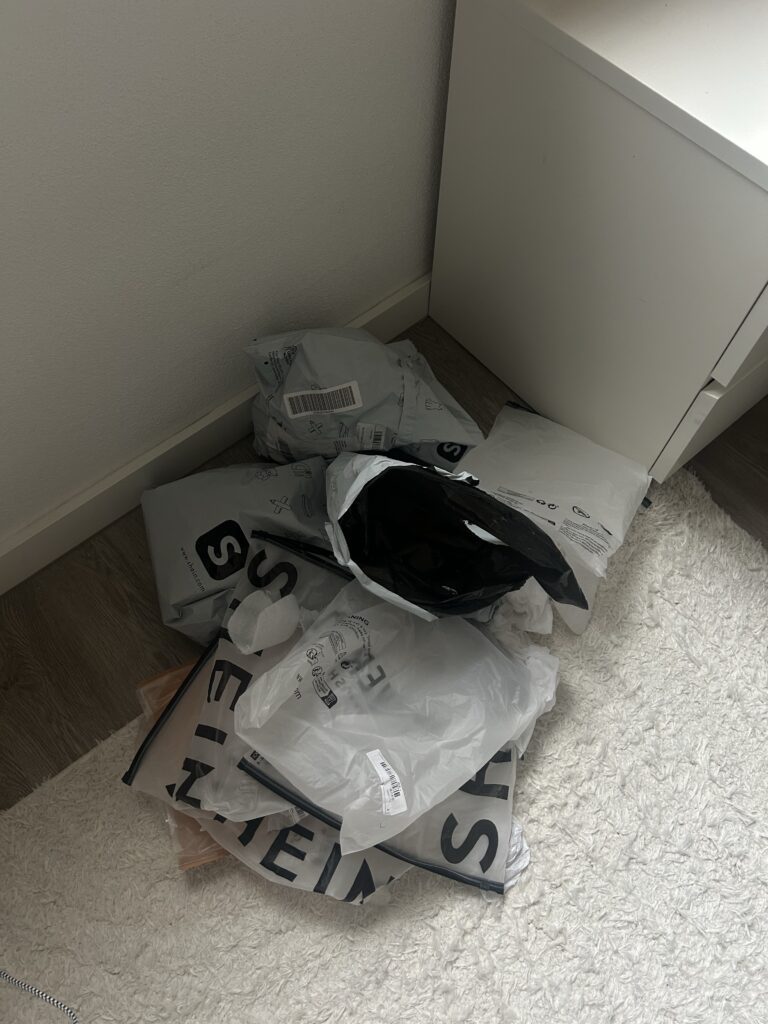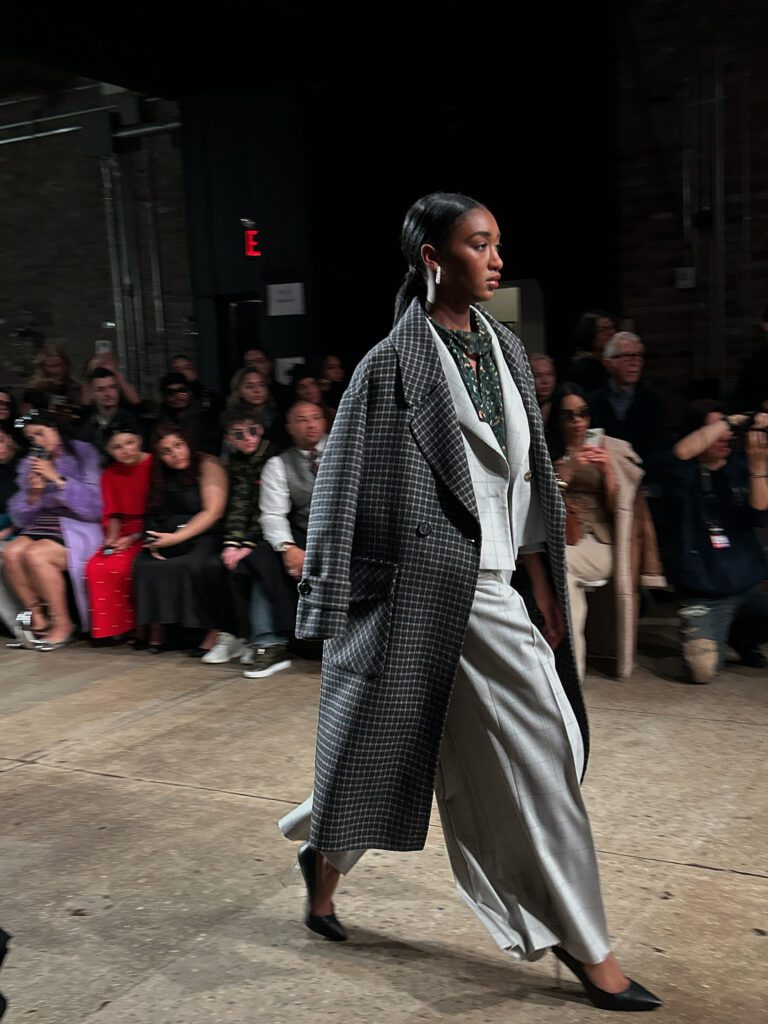Fair fashion is a feminist issue for two main reasons: the fast fashion industry overwhelmingly caters to women, and most clothing is made by women.
Western women have a responsibility to use our privilege to help women in developing countries. If feminism isn’t intersectional—considering race—it’s just another form of white supremacy. Fair fashion is a feminist issue for two main reasons: the fast fashion industry overwhelmingly caters to women, and most clothing is made by women. According to the World Bank, 80% of garment workers are women, and most fast fashion marketing targets women. This is a women’s issue. If you believe in feminism and fair treatment for women, you cannot ignore the plight of the women who make your clothes. Ignoring this issue is beyond cognitive dissonance—it’s willful ignorance for the sake of convenience.
Garment workers often endure harsh conditions, commuting through fortress-like walls, gates, and security checkpoints, making their workplace feel like a prison. They work 8 to 12 hours, sewing, cutting, and finishing the clothes you might be wearing right now. Their arms ache from repetitive motion, their shoulders hunch from long hours, and their heads hurt from the noise and poor lighting. This account is based on information from the nonprofit Fashion Revolution, whose Garment Worker Diaries project highlights the lives of those affected by exploitative labor practices.
GENDERED EXPLOITATION AND HARASSMENT
Women in the garment industry face gendered exploitation and harassment. Many receive little or no maternity leave. A recent report in the Dhaka Tribune details the experience of Roksana, a factory worker who returned to work just two months after giving birth because she wasn’t paid during her leave. Pregnant workers often face conditions that force them to leave their jobs, despite a 2006 Bangladeshi law requiring 16 weeks of paid maternity leave. Employers often pressure women not to claim their rights and avoid reporting violations.
According to Human Rights Watch, women in the garment industry also suffer sexual harassment from their bosses. In one case, a factory manager pressured workers to sleep with him. When they reported his behavior, regional managers did nothing, and those who spoke up were punished. Laws intended to protect workers from harassment are rarely enforced. Many workers are unaware of these laws or know of cases where harassers faced justice.
INCREASING ACCOUNTABILITY
To address these issues, increasing accountability and removing those who maintain the patriarchal status quo is crucial. Organizations like Better Work—a joint program by the International Labor Organization and the International Finance Corporation—work to place women in management positions, ensure equal pay, and eliminate harassment and abusive labor practices. This five-year initiative is a start, but it will take more than one program to address institutional and cultural prejudices. While we can’t impose Western values on other cultures, we can ensure traditional gender roles aren’t exploited.
THE ROLE OF CONSUMERS
As consumers, we must address our need for cheap clothing driven by marketing campaigns that manipulate women. Modern marketing of the fashion and beauty industries depends on women’s insecurities, teaching them that their primary value is aesthetic and that they must compete for limited resources. Western culture loves a good catfight, from “good men” to good-paying jobs or Instagram likes. The casualties are exploited garment workers and the self-esteem of young girls. Advertising suggests a new shirt will make you happy, but these possessions are part of a system that preys on women on both sides of the supply chain. Choosing fair fashion is not only a sustainability and ethical practice but also a feminist act.
Join the Club
Like this story? You’ll love our monthly newsletter.
Thank you for subscribing to the newsletter.
Oops. Something went wrong. Please try again later.






